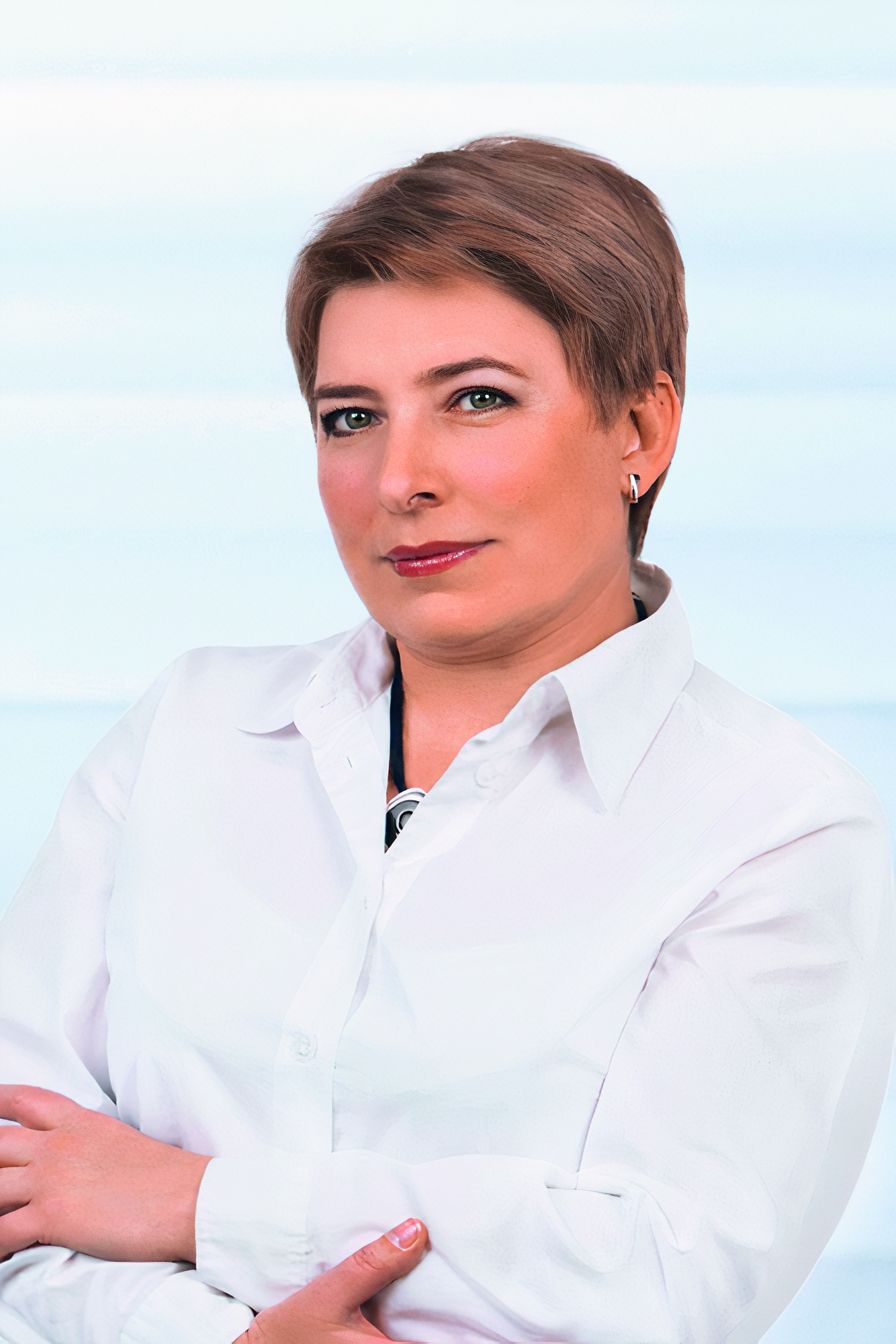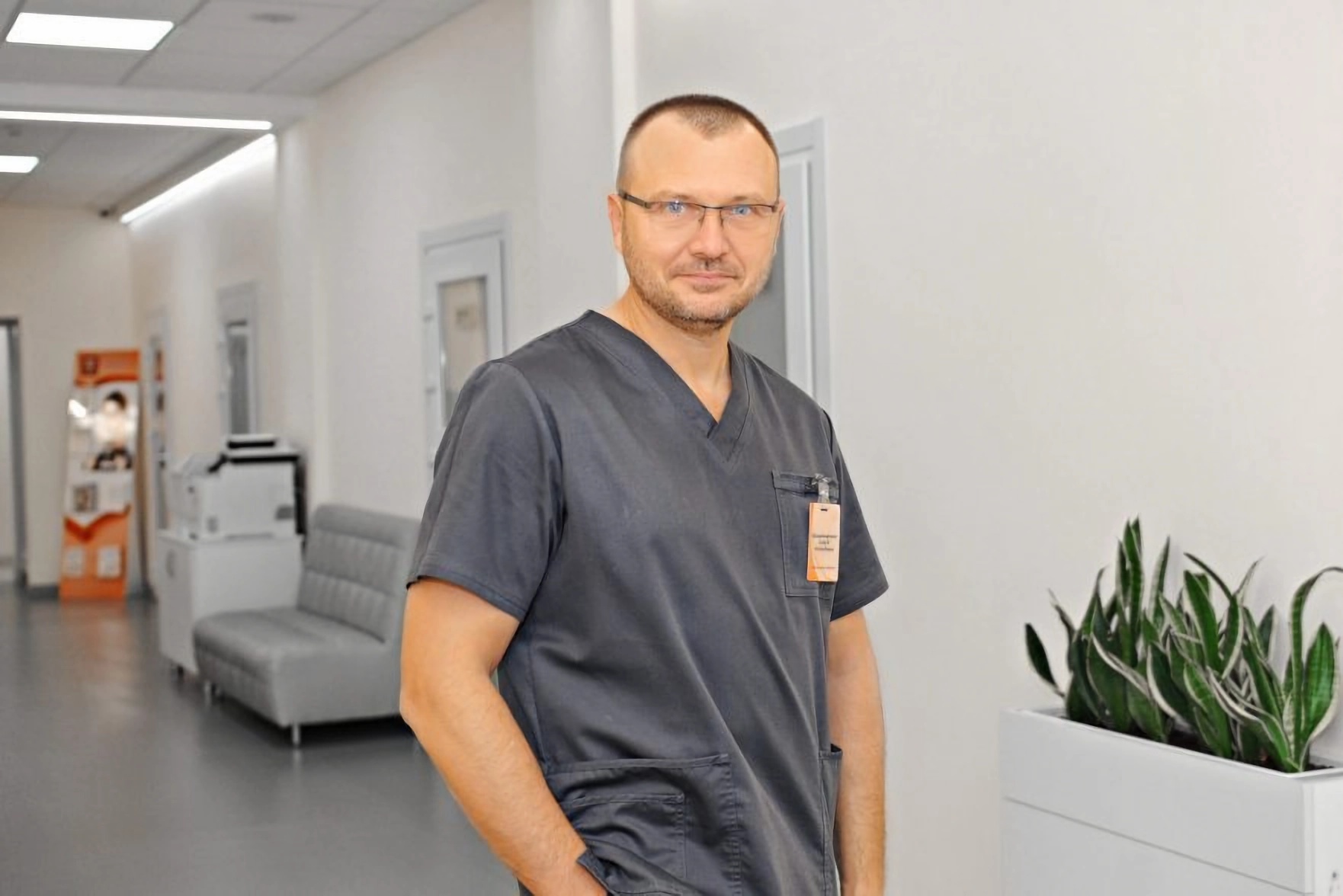IVF in Ukraine: clinics, prices
How do we organize your medical trip?





IVF
According to the World Health Organization, every eighth couple in the world has difficulty conceiving a child.
Modern medicine makes it possible to overcome infertility - in 1977, the first successful in vitro fertilization (IVF) was performed.
IVF - in vitro fertilization (artificial insemination) - is an assisted reproductive technology, the essence of which is the fertilization of an egg in the laboratory, that is, outside the woman's body. On the 3rd or 5th day after fertilization, the embryo is transferred to the woman's uterine cavity. Later, the embryo develops as in a normal pregnancy.
Average success rates of in vitro fertilization (IVF) in Ukrainian clinics:
- Clinical pregnancy after the first embryo transfer - 61.1%
- Clinical pregnancy after two consecutive embryo transfers - 75.8%.
- Clinical pregnancy after three consecutive embryo transfers - 84.3%.
Why does the IVF success rate increase after the second and third attempts?
The fact is that after the first unsuccessful attempt at artificial insemination, doctors will analyze in detail the reason for the failure. Based on the woman's individual experience, guided by the results of past procedures, specialists will develop a new and improved treatment regimen.
Our IVF programmes:
- IVF with your own egg and husband's sperm
- IVF with a donor egg and husband's sperm
- IVF with donor sperm and your own egg
- IVF with mitochondrial donation
- IVF with frozen embryos + transfer
- individual IVF package. If necessary, we will prepare a programme that will meet your individual needs.
Each programme includes All inclusive services. This includes all organisational, medical and legal services.
We have our own donor base. We have a wide range of egg donors for stimulation in fresh cycles, as well as more than 2000 frozen donor eggs available at all times. Learn more about the IVF programs.
We guarantee that donors from our database:
- have undergone a full medical examination
- have confirmed fertility
- have an excellent state of physical health
- have no psychological problems
- are between the ages of 18 and 30
- have at least one healthy child of their own
What information can future parents find out about the donor?
In Ukraine, the law guarantees the donor the right to anonymity. In the donor database, you will find the following information about the donor:
- weight and height
- eye colour
- hair colour and type
- blood type and Rh factor
- presence of healthy children
- education and occupation
- nationality
- childhood photos
How to increase the chances of successful IVF (in vitro)?
IVF with a cytoplasm donation program using the pronuclear transfer method.
Pronuclear transfer (mitochondrial donation) is the most modern reproductive technology that makes it possible for couples to give birth to a genetically related child who previously could only be offered IVF with a donor egg.
Mitochondrial donation is appropriate in two cases:
1. When conventional artificial insemination (in vitro) results in the termination of embryo development due to the poor quality of the mitochondria of a woman's egg.
Each egg consists of a nucleus and cytoplasm. The nucleus contains the genes that the child inherits from the parents, and the cytoplasm contains mitochondria.
Mitochondria are intracellular structures that are responsible for the production and maintenance of energy for the body's needs, and therefore their role is also to provide vitality for the development of the embryo. As women age, the quality and number of mitochondria in the egg deteriorates, which leads to the termination of embryo development, as it does not receive the necessary energy for development.
The essence of the mitochondrial donation method is that the nucleus of a patient's fertilized egg is transferred to the cytoplasm of a donor egg, the nucleus of which has been previously removed.
As a result of this procedure, a "reconstructed" egg is obtained, which has a genetic set of nuclear DNA from the mother and father (approximately 25,000 genes) and mitochondrial DNA from the donor (approximately 13-37 genes).
The mitochondria of the donor egg only provide energy to the embryo and do not affect the genetic component of the nucleus. The child inherits genetic information from the mother and father.
2. The use of pronuclear transfer is necessary if a woman is a carrier of genetic mitochondrial diseases caused by mutations in mitochondrial DNA. There is a risk of transmitting defective mitochondrial DNA from mother to child, which can lead to the development of a severe mitochondrial disease.
According to statistics, 1 in 5000 children suffers from severe mitochondrial disease. There are currently no effective treatments for such diseases, and high mortality rates are recorded under the age of 5 or at the embryonic stage. Defects in the functioning of mitochondria lead to CNS (central nervous system) damage, muscle, respiratory, cardiac, and liver failure. In about 50% of cases, mitochondrial diseases are caused by a problem contained in one of the 37 genes of mitochondrial DNA.
In this case, the use of the method of pronuclear transfer (mitochondrial donation) in the IVF program is the only chance to give birth to your genetically healthy child.
IVF (in vitro) using the PICSI procedure.
The PICSI method (PICSI - Physiologic Intra Cytoplasmic Sperm Injection) allows geneticists to select the best mature sperm with which to fertilize the egg.
IVF (in vitro) with the ICSI program.
The essence of the program is that embryologists inject the sperm directly into the cytoplasm of the egg. The ICSI procedure ICSI (intracytoplasmic sperm injection into the egg) increases the effectiveness of IVF up to 4 times, especially in case of poor spermogram tests. Thanks to the use of ICSI, successful fertilization has become possible even in the presence of single sperm, which allows a man to have a genetically related child even with severe forms of infertility. Check out our detailed guide on choosing a sperm bank for ensuring high-quality specimens.
It is advisable to combine the ICSI procedure with the PICSI procedure.
IVF with the use of assisted hatching technology.
The purpose of the procedure is to increase the chances of embryo attachment to the uterine wall. Before attachment, embryos are surrounded by a dense outer membrane. When implanted into the uterine cavity, the embryo is released from the membrane, this process is called hatching. Often, normal-quality embryos are not able to naturally release from the dense membrane, which causes an unsuccessful IVF procedure.
In order to help the embryo get rid of the membrane after transfer to the uterine cavity, doctors use laser hatching technology. This allows you to thin the protective membrane from which the embryo should come out. The procedure increases the effectiveness of IVF by 2 times.
Artificial insemination in vitro with transfer of mature embryos into the uterus.
Thousands of IVF results have shown that embryos transferred into the uterine cavity on the 5th-6th day after fertilization have a much better survival rate. Although the IVF protocol allows embryo transfer as early as day 3. Learn more about the different IVF methods we offer.
Preimplantation genetic diagnosis of the embryo (PGD, NGS method).
Geneticists have confirmed that sometimes embryos do not take root due to the presence of genetic diseases. Therefore, it is recommended to conduct a chromosomal study of the embryo before the procedure of transferring it into the uterine cavity. Diagnostics by PGD (Pre-implantation Genetic Diagnosis), NGS (Next Generation Sequencing) methods allows you to determine whether the embryo has genetic diseases. Please note that future parents sometimes do not even realize that their germ cells (egg and sperm) contain chromosomal abnormalities. The use of diagnostics increases the likelihood of pregnancy and the birth of a healthy child during IVF by up to 70%.
There are two main problems for a natural pregnancy:
Health.
Most often, these are endocrine problems (polycystic ovaries, endometriosis), obstruction of the fallopian tubes, or genetic diseases.
The issue of overweight is very acute. In countries such as the United States, Mexico, and New Zealand, where the percentage of obesity exceeds 30%, it is one of the main causes of infertility.
Age.
More and more couples are postponing pregnancy until later in life, waiting for financial stability and career growth.
Unfortunately, a woman's age affects her chances of getting pregnant. The decline in reproductive capacity in women is observed from the age of 35-37, and in men from the age of 40-45.
Every woman is born with a certain number of eggs. With age, the number of healthy eggs without chromosomal abnormalities decreases.
Unlike women, men's sperm count does not decrease with age. Its quality suffers. Older men often produce more sperm with chromosomal abnormalities and reduced viability.
Doctors See all doctors
In-vitro fertilization procedure consists of several stages:
- Sperm collection from men and oocytes from women (this method provides for the possibility to use donor material).
- Fertilization in the laboratory by In vitro or ICSI.
- The incubation period of the fertilized egg growth - 3-5 days.
- High quality embryos are implanted into the uterus of the woman, where the fetus will develop further.
If you are considering donor material, here are some six tips for choosing a sperm bank.
What do couples most often fear?
Failure. Yes, indeed, considering the cost of the course and all the risks, couples are most often afraid that IVF will be unsuccessful.
Unfortunately, statistics show that even with good embryo performance, the probability of getting pregnant in an artificial insemination program on the first or even second try is not 100 percent. But with each subsequent attempt, the chance of successful in vitro increases.
Why do many foreigners come to Ukraine for IVF?
- High success rate of the procedure. According to the data of Ukrainian association of reproductive medicine, the success rate of IVF here reaches 35% (per 100 cycles). The rate of successful fertility is 27% (per 100 cycles). While according to the statistics of the European Society of Human Reproduction and Embryology, in Europe the figure is 25%.
- Flexible reproductive policy of the state. There are several aspects that should be emphasized here.
First of all, all assisted reproductive technologies are under state control and are legal. They meet international standards, and clinics have ISO quality certificates.
Secondly, in Ukraine there are no age restrictions like in Europe and America, where women under 42 are often refused clinical insemination.
Third, preimplantation genetic diagnosis of the embryo is allowed in our country to make sure that it has no genetic abnormalities. This procedure is prohibited in Germany, Austria, Switzerland and Italy, for example. - Cost of the procedure. The cost of in vitro fertilization in Ukraine is significantly lower compared to Western Europe and the United States. Even with partial insurance coverage, IVF costs in the U.S. and Europe remain exorbitant for most of its residents.
In-vitro fertilization price comparison:
| Country | Cost, from |
| Ukraine | from €1,500 |
| Greece | from €3,000 |
| France | from €4,500 |
| Germany | from €5,000 |
| Israel | from €8,300 |
| Italy | from €8,500 |
| USA | from €10,000 |
Ukrainian reproducers have repeatedly proven their level of professionalism. For over twenty years they have been helping families around the world with infertility problems, and we invite you not only to Ukraine for treatment, but also to rest in our beautiful country!
MEDICAL DISCLAIMERThis content is for informational and educational purposes only. It is not intended to provide medical advice or to be a substitute for such advice or treatment by a personal physician. All readers of this material are advised to consult their own physicians or qualified health care professionals. UAmedTOURS is not responsible for the possible health consequences to any person or persons reading or following the information contained in this educational content. All readers of this content, especially those who take prescription or over-the-counter medications, should consult their physicians before making any changes in their diet, lifestyle, taking pills, or other facts that may affect your physical and psychological health.






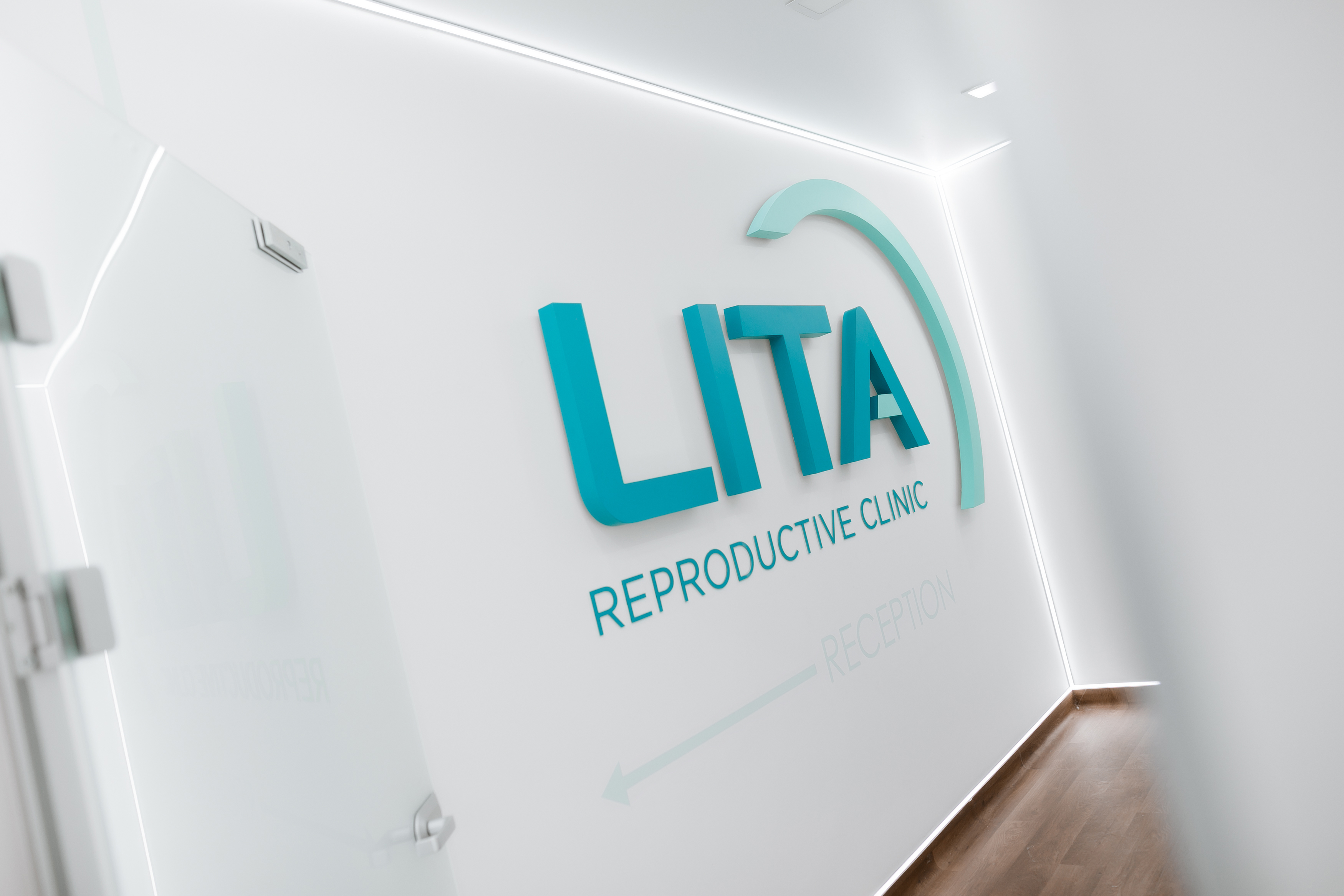
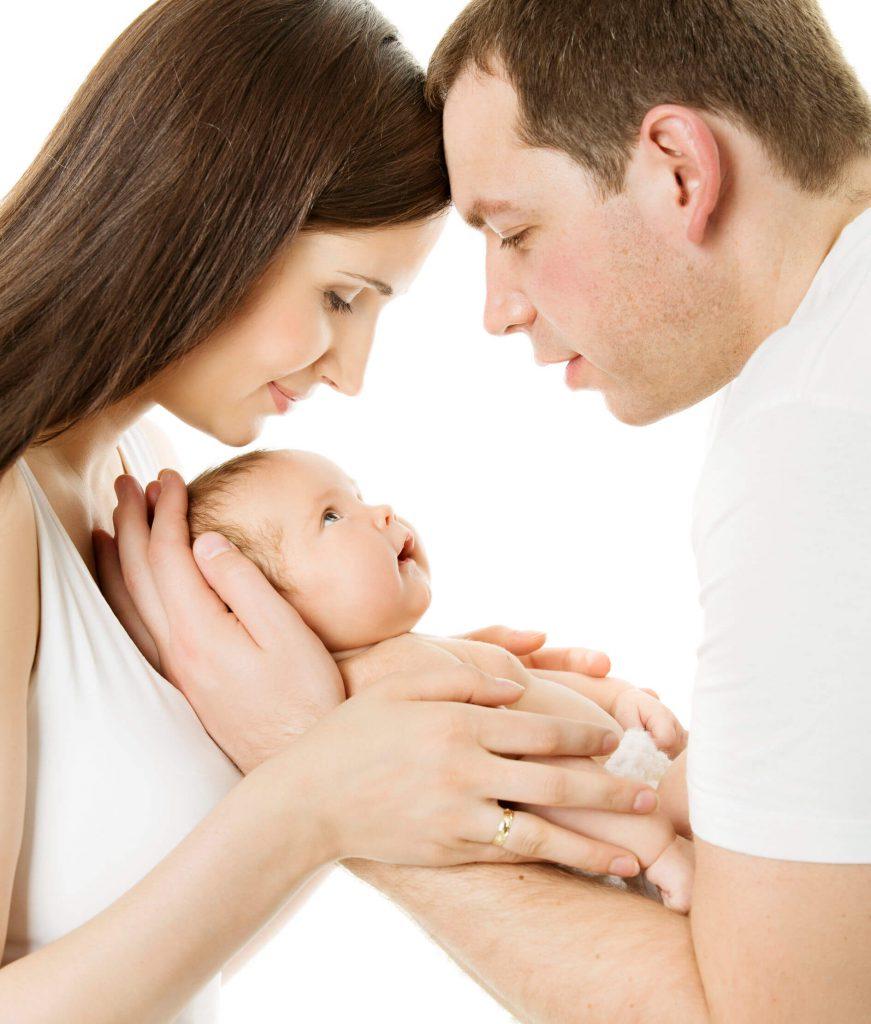
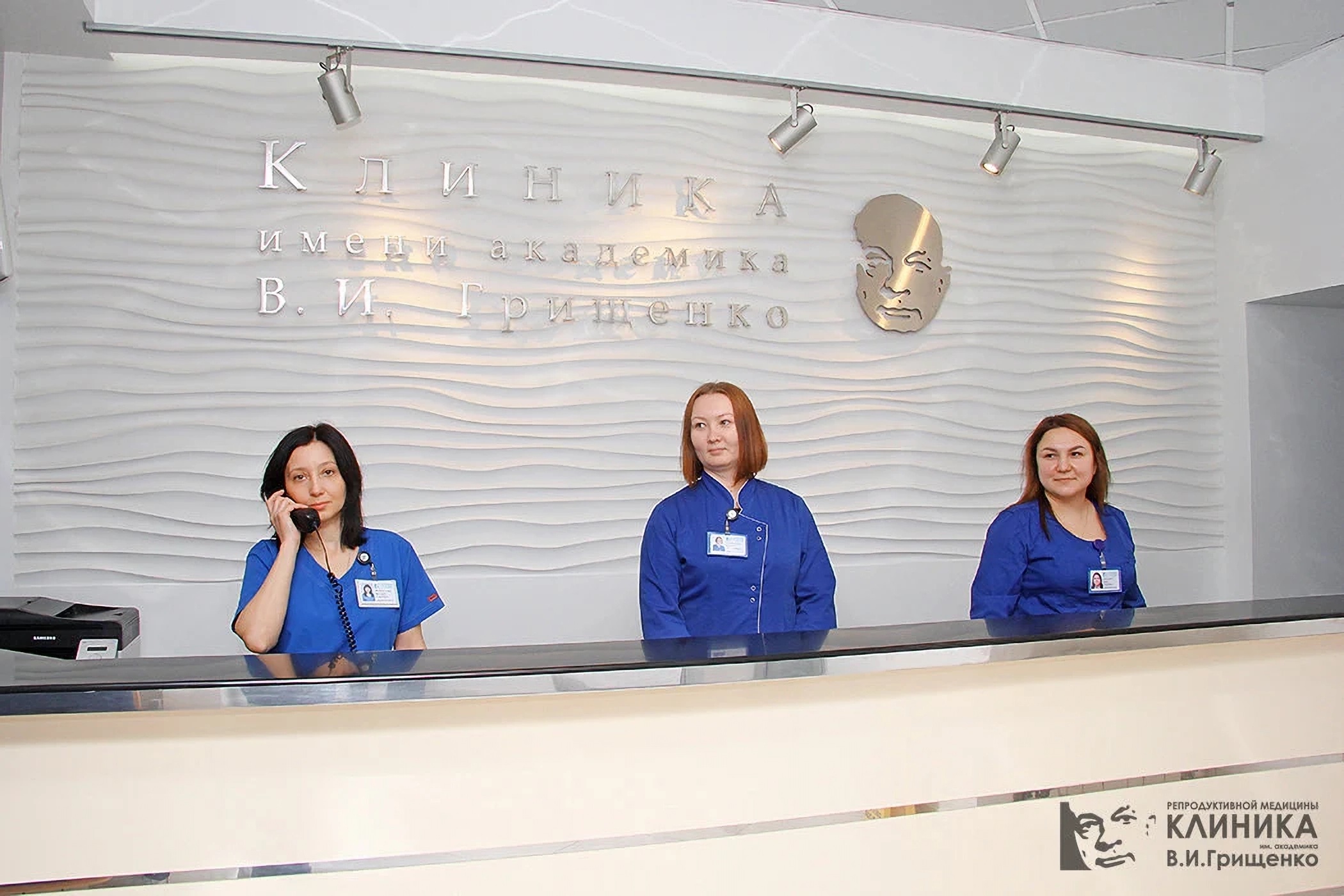
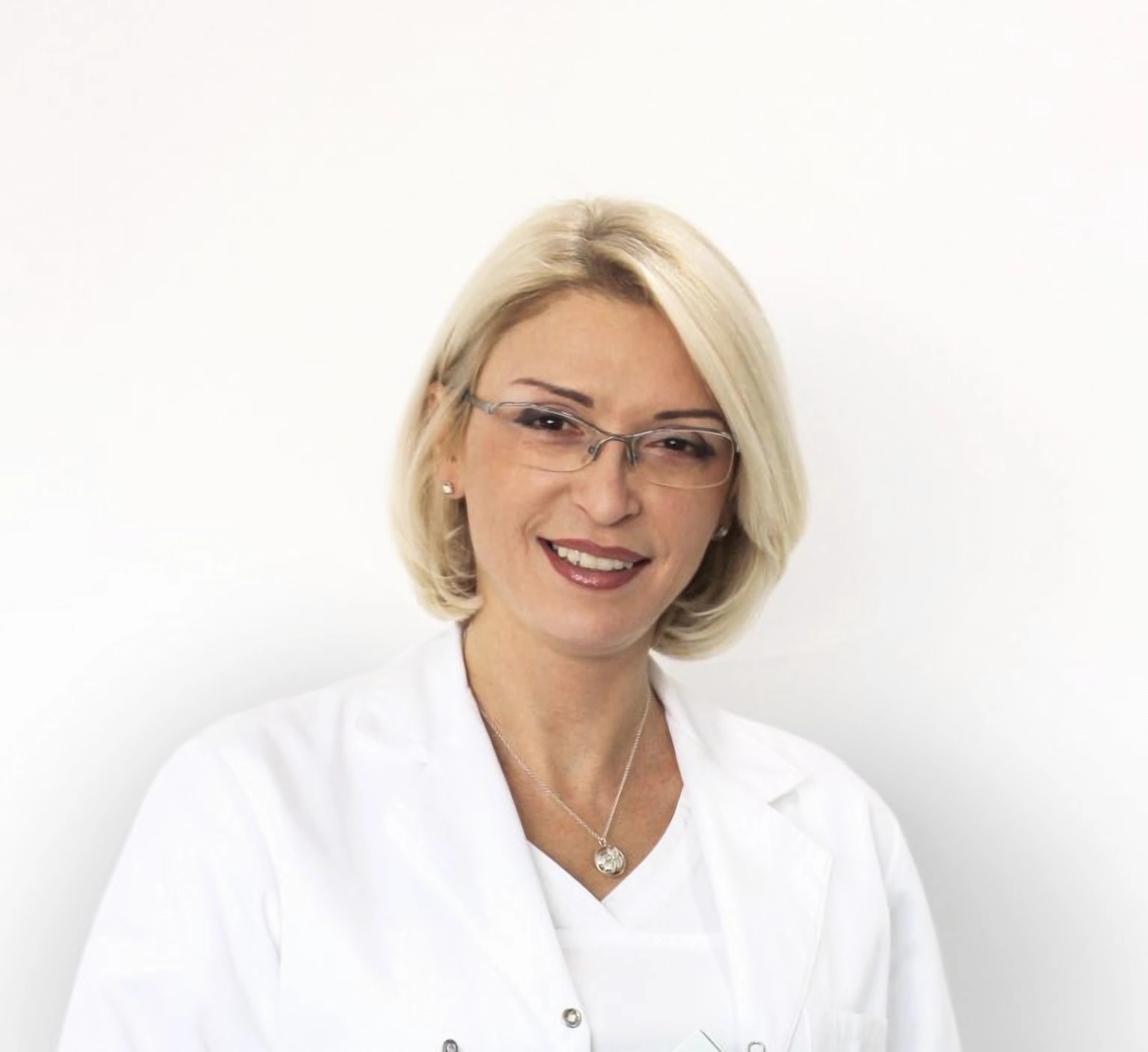
.jpg)
